Col VY Gidh, VSM (Retd) writes about a visit to the battlefields of Imphal
“A Nation That Forgets Its Past, Has No Future” – Winston Churchill
We are all aware of the major role played by the Indian Army in the fighting during the two World Wars. While the notable contributions made by the Indian troops during battles like El Alamein in North Africa and Monte Cassino in Italy stand out, not many are aware of the epic battles of Imphal and Kohima fought between March 7 and July 18, 1944.
The 75th Anniversary of the Battle of Imphal and Kohima was held in 2019. It was 75 years ago that Manipur and Nagaland were witness to an epic battle between the British-led Allies and the Japanese and the Indian National Army (INA). The Anniversary brought back many pleasant memories of our visit to Manipur to participate in some of the events during the Commemoration of the 70th Anniversary of The Battle of Imphal in 2014.
In April 2013, the Battle of Imphal and The Battle of Kohima were voted as ‘Britain’s Greatest Battles’ in a contest conducted by Britain’s National Army Museum in London, beating Normandy and even the Battle of Trafalgar. The result surprised the English who thought Waterloo was their greatest feat. Field Marshal WJ Slim, Commander of the British 14th Army during the battles, was voted as the best British general of all time with Duke of Wellington, they were both schooled in warfare in India.
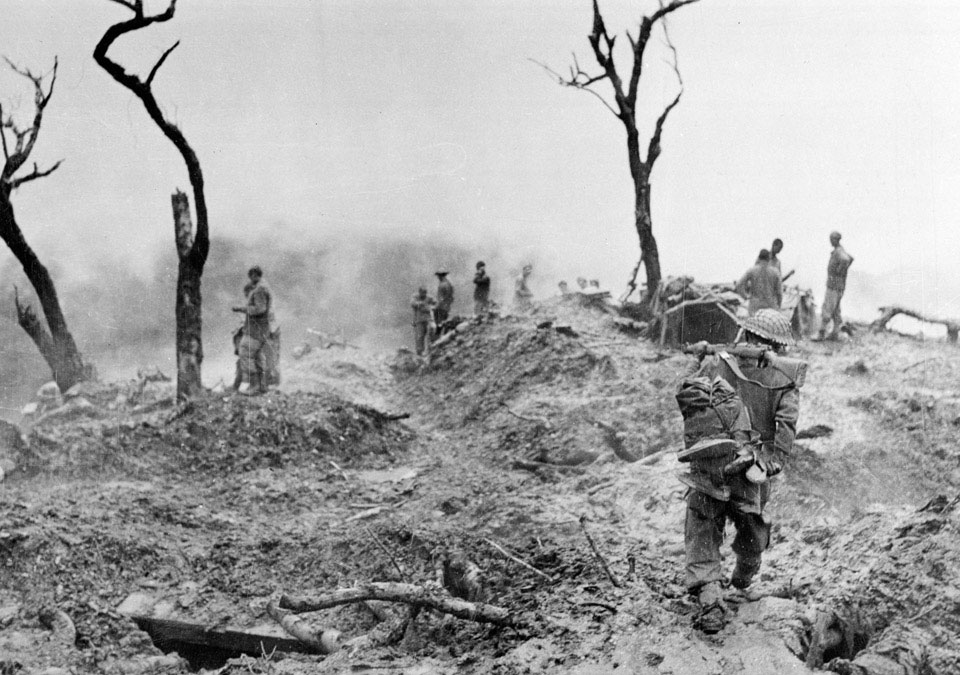
70th Anniversary Commemorations
During the 70th Anniversary Commemorations of the Battle of Imphal held from March to June 2014, a series of events were organized by the Manipur Tourism Forum and the Second World War Imphal Campaign Foundation to mark key dates from the battles and pay tribute to the martyrs who died fighting during these fierce battles.
War Tourism:
Also, in a first-of-its-kind of war tourism effort in India, the Eastern Heritage Trails, Imphal had conducted a series of guided tours focused on the Battle of Imphal. An initiative of Mr Hemant Singh Katoch, son of a retired Army officer and an ex-United Nations and Red Cross official; these tours covered prominent sites in and around Imphal and Manipur related to this historic battle. I went on the most popular Battle of Imphal Tour. It included the Second World War era airfield – Koirenge: the two War Cemeteries (Imphal Indian Army and the Imphal War Cemetery), which commemorates the memories of the Indian and British soldiers who died during the War; battlefield visits around Imphal and the colonial era Gen Slim’s Cottage, which is now a heritage property in Kangla Fort Complex. It was once the headquarters of the British 14th Army Commander from where he planned and initially fought the Burma Compaign.
The Battles of Imphal and Kohima
The Battles of Imphal and Kohima pitted 1,20,000 British-led Allies against 70,000 Japanese and 7000 INA soldiers in some of the bitterest fighting seen during the Second World War. “Fought between March 7 and July 18, 1944, the Battles of Imphal and Kohima were the turning point of one of the most gruelling campaigns of the Second World War. The decisive Japanese defeat in Northeast India became the springboard for the Fourteenth Army’s subsequent re-conquest of Burma”: National Army Museum, London.
While 16,000 on the Allies side were either killed or wounded at Imphal- Kohima, 12,000 of them died during the Battle of Imphal. An estimated 30,000 Japanese soldiers died due to fighting or disease in the simultaneous battles of Imphal and Kohima, and on the retreat back to Burma. Soldiers carried the injured back towards the Chindwin River. Those who could not be carried were left behind. The fingers of many of the dead were cut to be cremated back home. It was the greatest defeat on land in Japan’s history and the vast majority of casualties occurred during the Battle of Imphal. Among the 7,000 INA men who accompanied the Japanese till Moirang, about 400 were killed in the battle, while 1,500 died of disease and starvation during their withdrawal towards Burma. Till this day skeletons presumed to belong to the dead soldiers are found in Manipur.
The British military historian Dr Robert Lyman who played a prominent role in preparing the case for the Battle of Imphal and Kohima, notes that Imphal- Kohima was one of the four turning-point battles of the Second World War; the Battles at Stalingrad, El Alamein, and in the Pacific between the US and Japanese navies were the other three. The Victoria Cross (VC), the highest British military decoration for bravery, was awarded to five personnel during the Battle of Imphal and two during the Battle of Kohima.
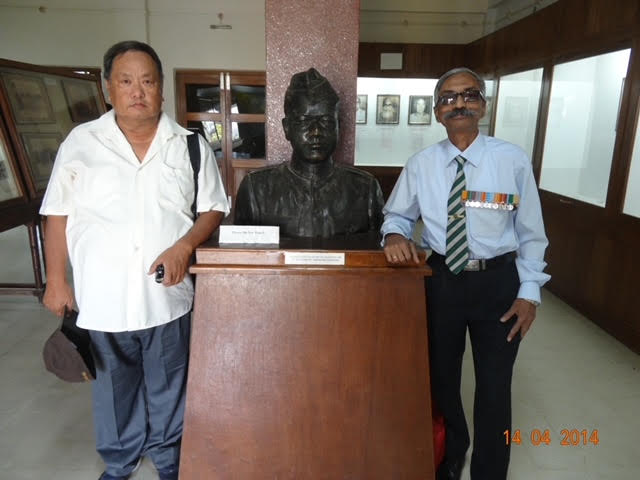
Events during the Commemorations
Battle of Sangshak: The commemoration of the prominent battles started with the ‘Battle of Sangshak’ on 26th March, where troops from 152 Para Bn with 4/5 Maratha held the garrison against a strong Japanese force. While 152 Para Bn later fell back to the Imphal plains, 4/5 Maratha (now 4 Maratha LI) was ordered to hold the defences around Sangshak. The delay imposed by the battalion on the advance of the Japanese Army enabled the Allies to land forces by air at Imphal and reinforce Kohima by land, thereby saving the fall of these two important locations. The first battle fought on Indian soil from March 21-26, 1944, it was a prelude to the famous battles of Kohima and Imphal.
Start of Imphal Seige: The next was the ‘Start of Imphal Siege’ at Kangla Tongbi on 7th April, where the Japanese forces planned to capture the large supply depot. A handful of non-combatants of mostly Ordnance soldiers belonging to the Advance Ordnance Depot led by Maj Boyd repulsed a series of attacks of the Japanese forces before troops from the erstwhile 14 Punjab and 9 Jat Regiments could arrive. This epic stand enabled the Allies sufficient time in moving back 4000 tons of war-like stores. The Depot was selected to accompany the British Commonwealth Occupation Force to Japan after the war. Today Kangla Tongbi War Memorial is a revered shrine visited by all. A tradition still followed by all young AOC officers is that upon commissioning they first visit the memorial at Kangla Tongbi.
Battle of Nungsigum: The ‘Battle of Nungsigum’ was commemorated on April 13, where Jemadar Abdul Hafiz of 9 Jat Regiment had won the first VC on Indian soil at Runaway Hill on 6th April 1944. This 1000-feet massif located North East of Imphal town which dominated several road junctions and the vital Koirenge airstrip, was recaptured by the Allies on April 13 after its fall to the Japanese forces.
INA Day: On April 14, the INA day was commemorated at Moirang, 45 kms from Imphal. Col Shaukat Ali Malik of INA had hoisted the Indian tricolour for the first time in India at Moirang on 14th April 1944, where the INA Memorial and Museum stands today. It was very heartening to know that while we in India had forgotten the role played by the INA in our freedom struggle, the INA Day was proudly commemorated in Moirang every year.

Other Battles:
The other battles commemorated were the ‘Battle of Tengnoupal’ near the Indo-Myanmar border on May 19; ‘Maibam Lokpaching’ (Red Hill) on the Tiddim Road on May 29, where Sergeant Hanson Victor Turner of West Yorkshire Regiment and Rfn Ganju Lama of 7th Gurkha Rifles won their VCs at Ningthoukhong on the Tiddim Road; and ‘Silchar-Bishenpur Track’ on June 25, where Naik Agansing Rai and Sub Netra Bahadur Thapa of 5th Gurkha Rifles won their VCs on June 26, 1944. Some old Manipuri elders who had witnessed these battles as children, also narrated their experiences at many locations.
Since our Battalion, 14 Punjab (Nabha Akal) had served in Manipur during the late 1990s while insurgency was at its peak, we have very fond memories of our two years’ tenure in the Imphal Valley. Maibam Lokpaching (Red Hill or Point 2926) was located in the unit area and I proudly recollect meeting the late Viscount Slim (son of the famous Field Marshal) in April 1998, when he visited Imphal with a British delegation comprising of 50 war veterans of the 14th Army and wards and sons of men killed in the War. The Viscount’s son, Dr Hugo Slim was also among the group. Maibam Lokpaching was the scene of one of the bloodiest battles involving hand to hand combat fought on the hillock code named Red Hill, adjacent to the Imphal-Tiddim Road. Fought in the last phase of the Imphal Campaign in May 1944, this battle turned the tide of the war in favour of the Allies. Red Hill was later Gen Slim’s Tactical Headquarters during the initial stages of the Burma Campaign.
The Japanese War Veterans had constructed ‘India Peace Memorial’ at the bottom of Red Hill in 1977 in memory of the Japanese martyrs who sacrificed their lives in the battle. The memorial’s gate faces Japan and is a pilgrimage for Japanese tourists who pay homage to their fallen comrades.

Imphal War Cemeteries:
The two War Cemeteries, Imphal War and Imphal Indian Army War Cemetery commemorate the memories of the British and Indian Army officers and men who fought and died during the War. The Cemeteries lie 10 kms from Imphal Airport and are open to visitors every day from 9am to 4pm. These monuments, including the famous War Memorial in Kohima, are maintained by the Commonwealth War Graves Commission and are regularly visited by the British and Indian soldiers and their relatives. The place, cleanliness and its serenity will entice the visitor. We paid our homage to the British and Indian soldiers who had made the supreme sacrifice. A walk through the Cemeteries is a touching experience.
I am reminded of the famous words engraved on the main Kohima War Cemetery, where Indian troops though outnumbered 10 to 1, fought with glory in finally halting the invasion of India by the Japanese forces in April 1944.
When you go home
Tell them of us and say
For their tomorrow
We gave our today
At Sangshak, 84-year-old local YA Shishak proudly showed us his museum set up at home. It contains rare Allied, Japanese and INA artefacts, photographs, medals, flags, paintings besides other collected items from the World War sites. The Sangshak War Memorial honouring the valour and sacrifice of the martyrs of 152 Para Bn, 4/5 Maratha and locals of Sangshak village was made many years back, while the Japanese have recently constructed a War Memorial in honour of their martyrs who died during this battle.
Closing Ceremony: The Closing Ceremony of the three-month long programme held at the Imphal War Cemetery on June 28, 2014 was attended by representatives from Britain, the United States, Australia and Japan. Dr Hugo Slim, grandson of Field Marshal Slim was among the dignitaries. The highlight was the presence of few World War II veterans including 93-year-old Sokhojang, who had fought in the Battle of Imphal.
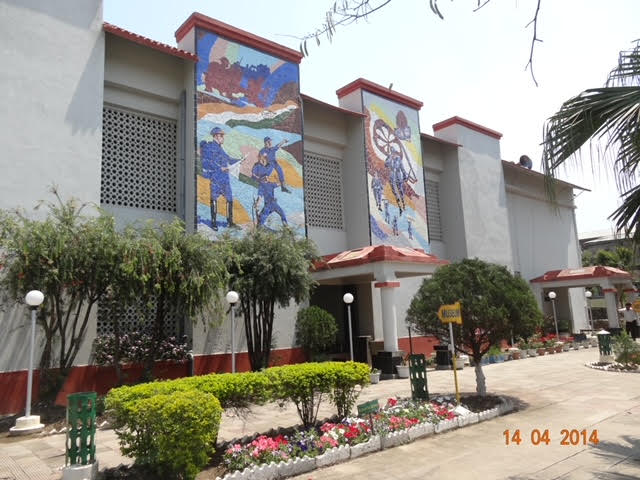
Importance of the Battles
The Battle of Imphal also highlights the importance of the air battle. No 1 Sqn, IAF played a crucial role in support of the Allies during the land battle. By the time they were relieved by No 7 Sqn, IAF in March 1945, it had earned nine DFCs and 1 MBE. The first DFC went to Sqn Ldr Arjan Singh, the CO who later became marshal of the IAF.
Dr Slim says, “The India/Burma Campaign was long known as the ‘Forgotten Army’ in the UK. In the British popular image, the greatest battles and heroes were all in Europe. Scholars the world over are recognizing the significance of this Campaign as the beginning of modern integrated mobile warfare (air supply etc) and a model of defensive and offensive warfare. The Campaign is now taught in the UK and US military academies. Imphal is now recognized as the longest battle of WW II and the combination of so many different nationalities in the XIV Army makes it an important example of what today is called diversity.”
Louis Allen in his book Burma – The Longest War writes, “Imphal… the last place on earth one would choose as the venue of a vast military campaign. Yet it was here that Japanese, British, Indians, Gurkhas, arrived in 1944 to kill in their thousands. The Japanese were driven by the dream of invading India: the others by the need to stop them.”
Unfortunately, we in India seem to have forgotten these famous battles. Independent India has never shown any care or concern about these war veterans, as they are a living memorial of India’s colonial past – men who fought a ‘foreign war’ for a foreign government. It was for the first time that the Indian Army fought a foreigner invader on Indian soil. And it was for the first time the seemingly invincible armies of the Emperor of Japan were decisively beaten by Indian soldiers. It makes us proud of the contribution of our Armed Forces. Fortunately, this seems to be changing with the Indian government gradually acknowledging the significant role played by our Armed Forces during the World Wars.
The Indian Army during the World Wars
During the First World War, 1.3 million Indian soldiers played a major role in the fighting in European, Mediterranean and Middle East theatres. They won 11 Victoria Crosses, while 74,000 soldiers died and 66,000 were wounded. 2014 was the Centenary year of the First World War.
During the Second World War, the Indian Army began the war in 1939 numbering just 2,00,000 men. However, by the end of the war, it became the largest volunteer Army in history, rising to over 2.5 million men. It fought gallantly in North Africa, Middle East and Italy, though a major force was committed to fighting the Japanese Army. Their valour and grit was recognised with the award of 31 VCs. These campaigns cost over 36,000 lives, whilst 34,354 were wounded and 67,340 became Prisoners of War.
Role of the INA
WW II also hastened the process of Indian Independence. The INA was involved in the Battle of Imphal on the side of the Japanese; and Imphal was the moment the INA had created and waiting for – to try and liberate India from British rule. The impact of Subash Chandra Bose in forming the Japanese strategy for the Manipur offensive is not well-known to most Indians. It was at his insistence that the offensive was launched by the Japanese. A large number of officers from the Indian Army joined INA after it was clear that the sole aim of INA was to make British quit India. Incidentally, the ‘Jai Hind’ adopted as a military salutation by the Armed Forces some years ago was originally a slogan used by the INA.
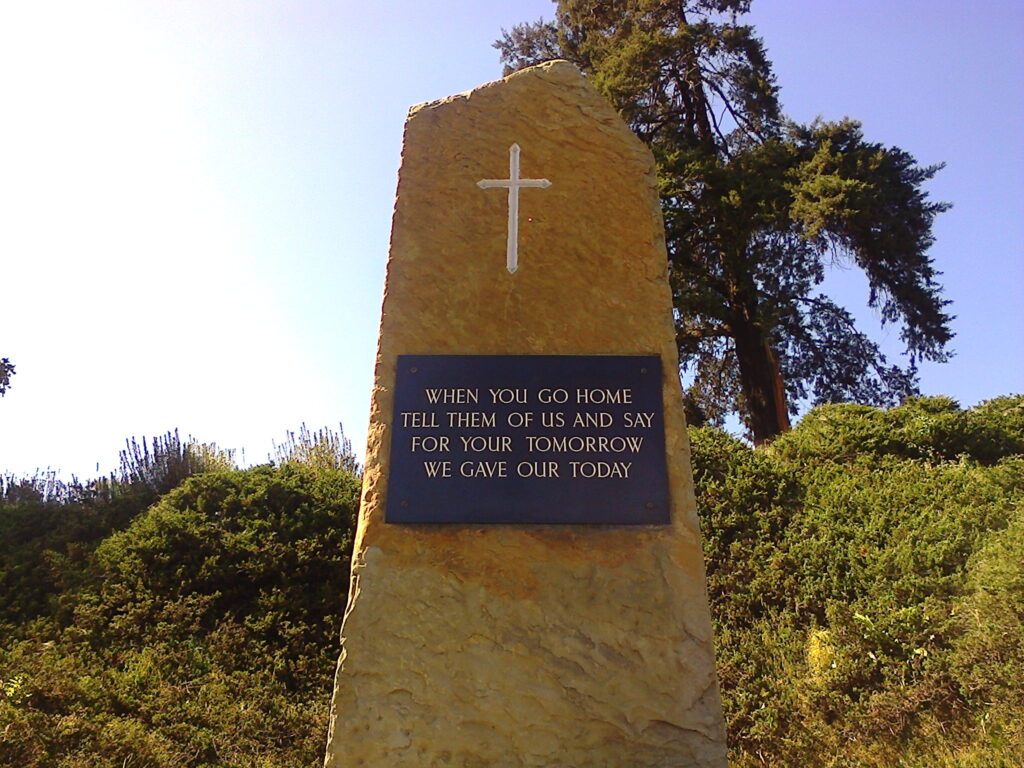
War Tourism in India
Many Western countries and some South East Asian countries have preserved the World War sites. ‘The Battle Box’ is one of the most important WW II sites and premier tourist attractions in Singapore. War Tourism is a flourishing industry in Europe with Tour Operators conducting ‘battlefield tours’ of World War sites and War Memorials for scholars, tourists and families of war veterans. The 75th Anniversary Commemorations of WW II at Monte Cassino or Normandy in May and June 2019, or the Centenary Commemorations of WW I are fine examples.
We had a fine taste of War Tourism in May 2013, when we visited the Italian battlefields where our 257-year-old unit, 14 Punjab (Nabha Akal), the erstwhile Nabha Akal Infantry had fought with distinction against the Germans during WW II.
Conclusion
The visit to Imphal for the 70th Anniversary was enriching, given this was the first-of-its-kind of war tourism in India. Among the distinguished visitors I could interact with in Imphal were a group of British scholars, wards of war veterans and the Curator of The Kohima Museum at Imphal Barracks, York. They later left for Kohima to visit the battlefield sites and pay homage to their martyrs at the famous Kohima War Cemetery.
Manipur and Nagaland have great potential for tourism. The successful culmination of the 70th Anniversary Commemorations in Imphal in 2014 shows that War Tourism is one area where these states can focus on. War Tourism would not only help in curbing insurgency by providing all round development in the region, it would also assist in promotion of India’s ‘Look East Policy’.



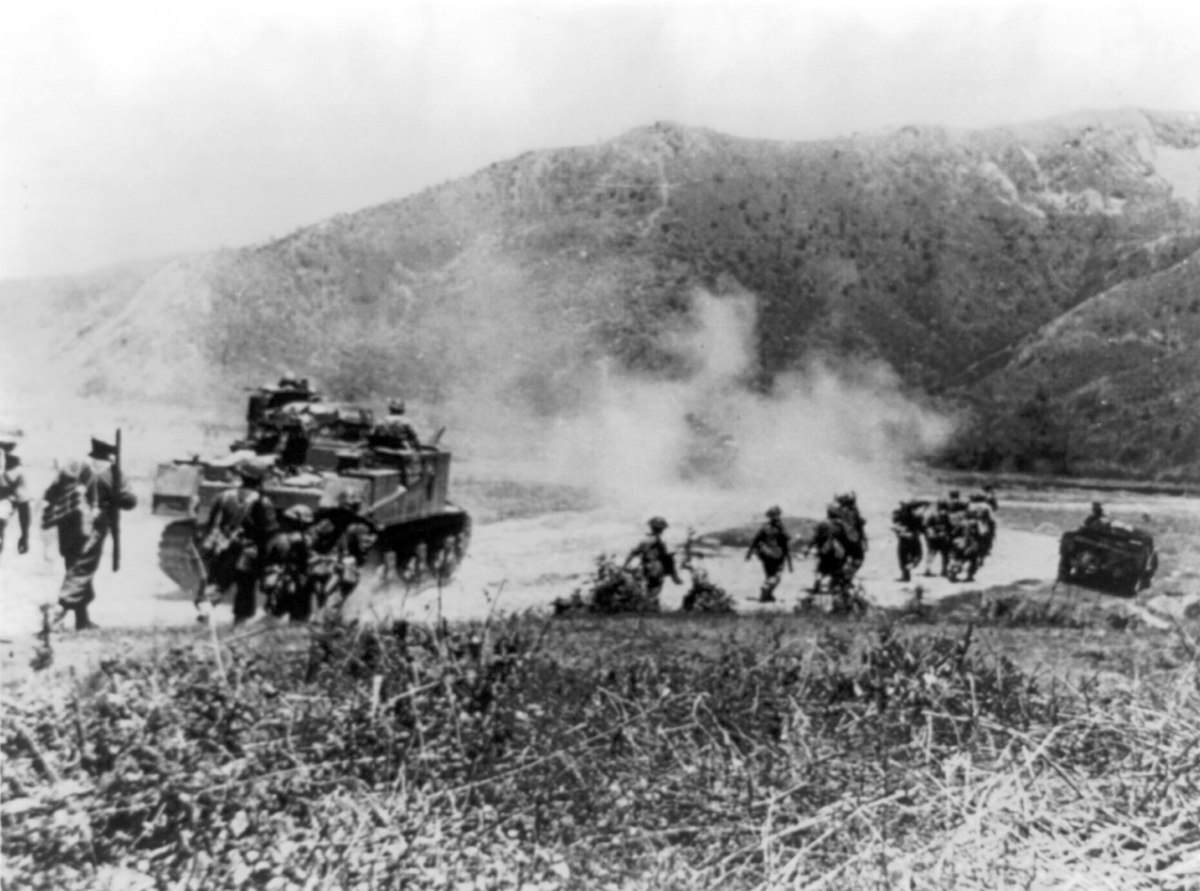





Kudos to the author Col. V Y Gidh for this Historic & Nostalgic narration that is truly Fantastic to read, particularly the passage on the War Memorial and Cemetry at Kohima. Reading this article has made me feel younger by almost five decades as I recalled the couple of days spent at Chakabama and Zhakama in Nagaland during my days in the IAF. And that visit to Kohima from Zhakama.
Thank you for featuring this article which is motivational for all the youth who wish to carve out a career in the uniformed services.
Comments are closed.